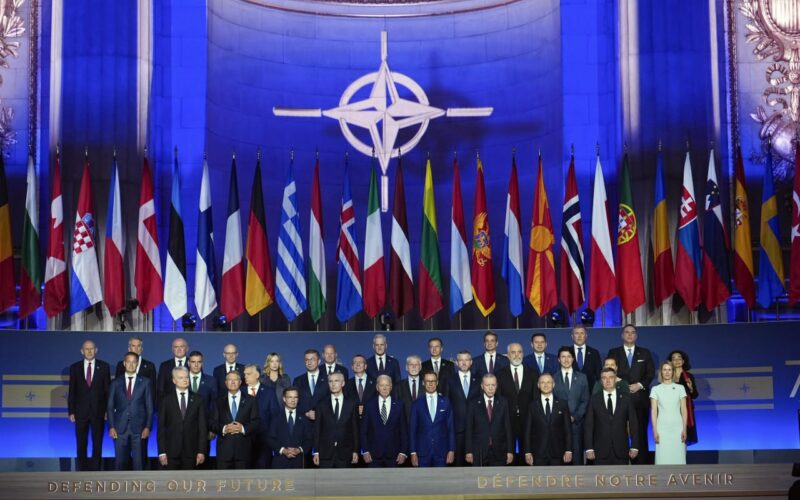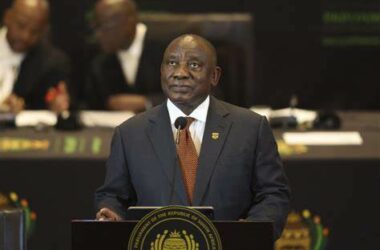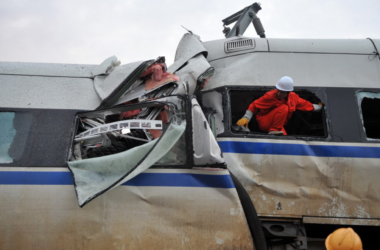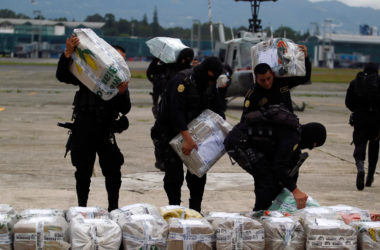The recent NATO summit in Washington saw the 32-member military alliance rally around Ukraine’s war efforts against the Russia, with significant commitments made to support Kyiv. Despite Ukraine not being a NATO member, it became the focal point of the three-day event, which also marked NATO’s 75th anniversary. However the looming U.S. election cast a shadow over the proceedings, with concerns about the potential return of Donald Trump and its implications for NATO’s future.
Key Outcomes of the Summit
During the three-day event, NATO members agreed to supply Ukraine with air defense systems and fighter jets it has been asking for. The alliance declared that Ukraine is on an “irreversible path” to membership and committed $43 billion in military assistance for the next year. Additionally, NATO’s joint communique condemned Russia for exercising its nuclear capabilities and labeled China as a “decisive enabler” of Russia’s war efforts in Ukraine.
While these outcomes were celebrated, they also underscored the ongoing need for sustained support. Ukrainian President Volodymyr Zelenskyy expressed satisfaction with the summit’s results, emphasizing the strong language and tangible steps forward.
Concerns Over U.S. Commitment
Behind the scenes, however, there was considerable anxiety about the upcoming U.S. election and its potential impact on NATO. Delegates worried about the alliance’s future if Donald Trump were to win in November. Karin von Hippel, director general of the Royal United Services Institute, highlighted these concerns, noting that Trump’s previous tenure saw minimal commitments from the U.S., and his return could jeopardize NATO’s stability at a critical time.
President Joe Biden aimed to reinforce NATO’s importance both domestically and internationally, emphasizing that the alliance’s durability was not a given and required continuous effort.
Biden’s Performance and Health Scrutiny
President Joe Biden, who hosted the summit amidst political challenges regarding his reelection campaign, managed to avoid major public gaffes during the event. However, concerns about his health and capability persist among some U.S. lawmakers and European leaders. A senior European diplomat voiced worries about Biden’s cognitive and physical abilities, reflecting broader uncertainties about his leadership heading into the November election.
Biden’s final test was an unscripted post-summit news conference, a high-stakes engagement seen as critical for demonstrating his capacity to lead NATO for another term. Despite lackluster performance many political figures including National Security Advisor Jake Sullivan emphasized that the summit showcased Biden’s ability to fulfill his role effectively.
Diplomatic and Military Commitments
Biden announced additional support for Ukraine, including four new Patriot missile defense systems, addressing Ukraine’s long-standing requests for enhanced air defense. The transfer of F-16 fighter jets from Denmark, the Netherlands, and the U.S. was also confirmed, although their immediate impact on the battlefield remains uncertain.
The summit’s diplomatic language on Ukraine’s eventual membership and the unified stance against China’s support for Russia were seen by Ukraine as significant achievements. However, the practical steps towards Ukraine’s NATO membership remain hindered by the ongoing conflict, with NATO cautious about being drawn directly into the war.
The Role of China
All 32 NATO allies aligned on the issue of China, with a consensus that China’s support for Russia is a significant factor in the ongoing conflict. This alignment maintains pressure on Beijing and aims to discourage further support to Russia.
NATO’s Internal Dynamics
The summit also highlighted ongoing debates about NATO’s strength and future direction. It included proposals to increase defense spending requirements to 3% of GDP, though consensus on how to achieve spending targets remains elusive.
Internal tensions were evident, with some leaders, such as Hungarian Prime Minister Viktor Orban and Turkish President Recep Tayyip Erdoğan, expressing divergent views. Orban’s recent engagements with China and Russia, and Erdoğan’s criticisms of U.S. and Western policies, underscored the challenges within the alliance.
The Washington Heat
Adding to the intensity of the summit were the sweltering conditions in Washington, with temperatures in the mid-90s making the already high-stakes discussions even more challenging. Delegates from cooler climates found the weather particularly taxing, highlighting the physical discomforts that accompanied the diplomatic efforts. Finnish defense policy director Janne Kuusela likened the conditions to a sauna, capturing the sentiments of many European officials unaccustomed to such humidity.
In conclusion, the NATO summit reaffirmed strong support for Ukraine, showcased concerns about Biden’s leadership, and exposed the complexities within the alliance, all against the backdrop of Washington’s intense summer heat. Looking ahead, the results of the U.S. election will play a pivotal role in shaping NATO’s future. The alliance’s ability to maintain unity and effectively address global security challenges could be significantly influenced by the outcome.








